On the north coast of Haruku island lies fort Hoorn. Initially in 1656 governor Arnold de Vlaming van Oudshoorn (1647-1656) commissioned the construction of a simple post made of wooden and palm leaves. With a sergeant and twenty soldiers from here the village of Pelauw and its surroundings could be controlled. Although at first this post was thus meant to suppress the villagers living along the coast of Haruku, later it was they themselves asked the VOC to improve the stronghold to protect them from Papua pirates. Under governor Bernardus van Pleuren (1775-1785) what had been known as the little look outpost Hoornwas transformed into a true fort called Nieuw Hoorn. The construction costs were split between the VOC and the villagers. The design for the fort was made by artillery-lieutenant Strick. The small fort had strong walls with a half-bastions built on each of its four corners. It was guarded by a corporal with six soldiers and four cannons. In the years that followed the fort was not permanently used. Troops were only deployed here if it was judged to be necessary. In 1817 during the rebellion at Haruku, the fort was again put in use. Pelauw mostly remained unharmed because the Radja of Pelauw fought on the Dutch side. Today the form of the fort is still clearly visible and most part of the walls still stand, although the western bastion on the sea side of the fort has partly collapsed.
Images
-
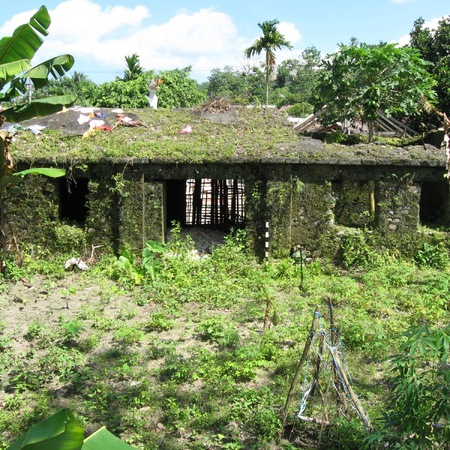
Building in fort Hoorn
Mansyur, Syahruddin
-
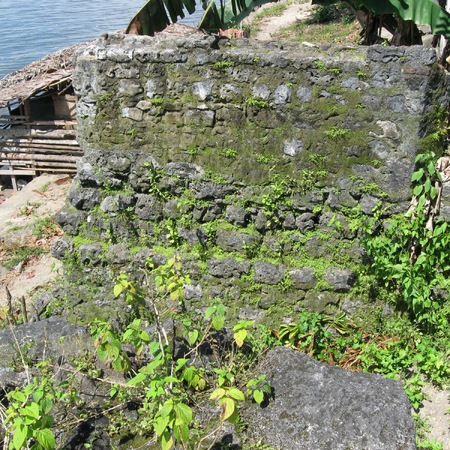
Bastion of fort Hoorn
Mansyur, Syahruddin
-
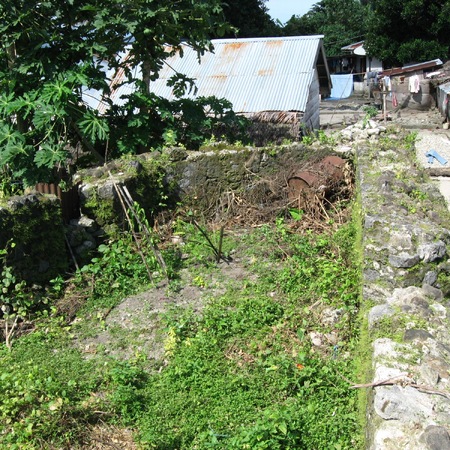
Bastion of fort Hoorn
Mansyur, Syahruddin
-
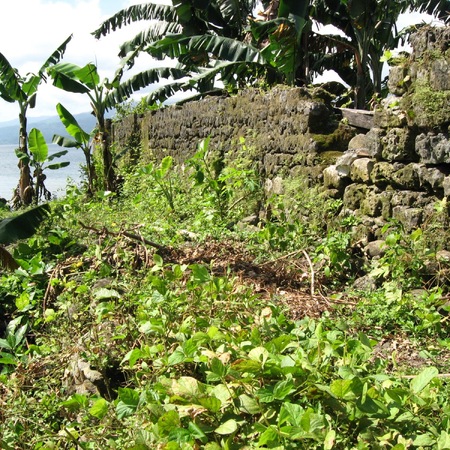
Wall of fort Hoorn
Mansyur, Syahruddin
-
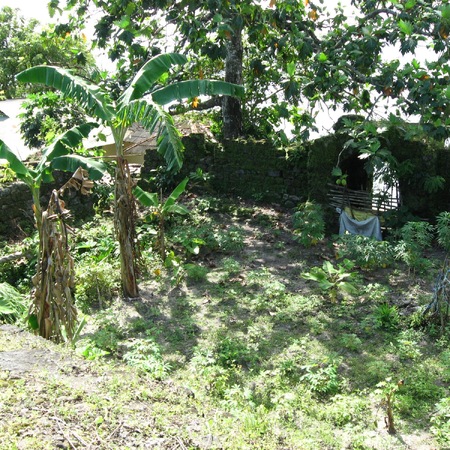
Inner courtyard of fort Hoorn
Mansyur, Syahruddin
-
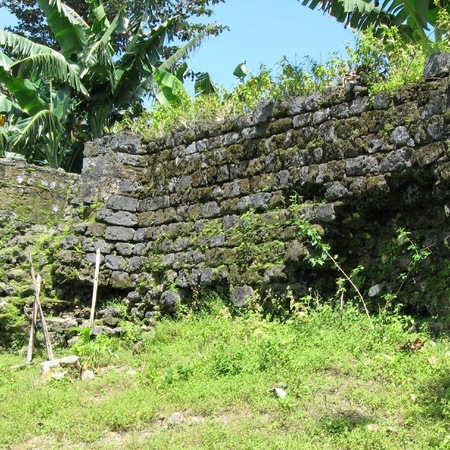
Northern wall of fort Hoorn
Mansyur, Syahruddin
-
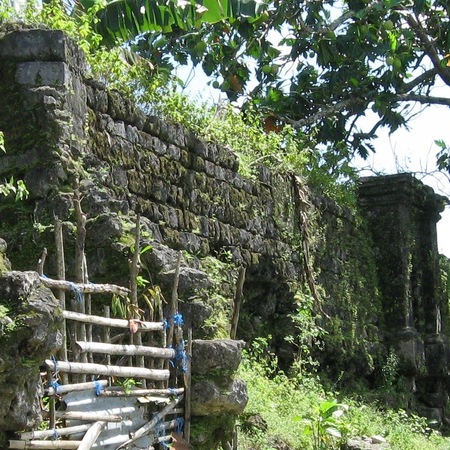
Northern wall of fort Hoorn
Mansyur, Syahruddin
-
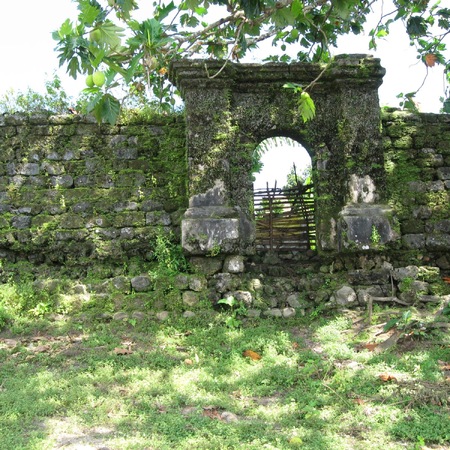
Gate of fort Hoorn
Mansyur, Syahruddin
-
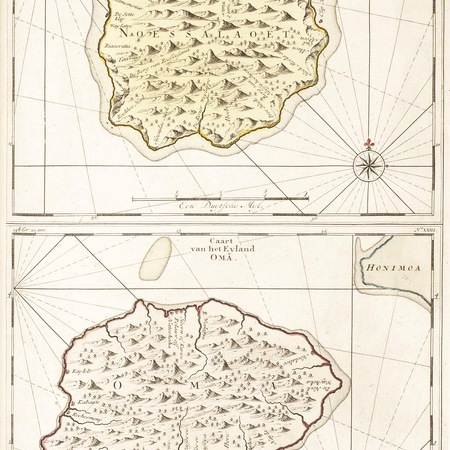
Maps of the islands of Noessa-Laoet and Oma
Anoniem / Anonymous
-
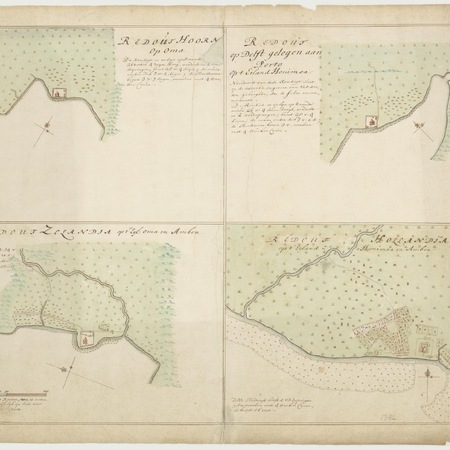
Maps of the fortifications on Oma and Saparoua
Graaff, Isaac de